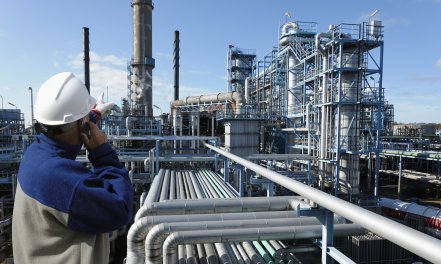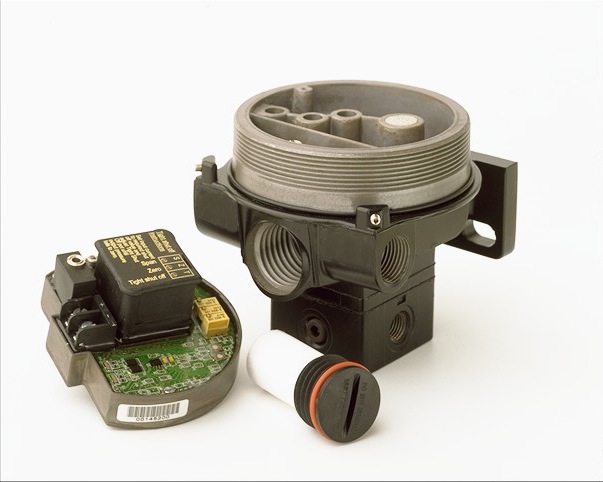I /P convertor for remote operation and control of gas distribution network
The Type 140 I to P convertor has the unique capabilities of controlling or piloting explosive gases, whilst at the same time maintaining extremely high accuracy and high stability control.

The Type 140 I/P convertor by Watson Smith offers the unique capabilities of controlling or piloting explosive gases, whilst at the same time maintaining extremely high accuracy and high stability control. Read the application story below to learn how the Type 140 I/P convertor significantly reduced maintenance and service costs and overcame the need for a pneumatic system on site in a remotely operated gas distribution network.

The Challenge: Remote operation and control of gas piloting system.
The major challenges for plant and network operators in large geographically spread piping installations is; how do they ensure reliable control of gas flow through their remote piping networks and how can they readily carry out maintenance and servicing operations where they are faced with severe accessibility problems?
Maintenance and servicing of such installations can often be hampered by a combination of terrain and remoteness. To properly maintain and service a pneumatic system installation at these remote installations is both costly and inefficient.
The challenge therefore, for a major UK gas provider was to find a solution that offered a remotely operated and accurate piloting system for the main gas valves whilst at the same time reducing the cost of installation and servicing resource.
The Solution: Watson Smith I/P convertor with triple ATEX certification.
The solution was presented in the form of the Watson Smith Type 140 I/P convertor or otherwise known as the Type 140 proportional valve.
The I/P convertor (current to pressure) converts an analogue signal (4 to 20 mA) to a proportional linear pneumatic output (usually 3 to 15 psig). The device converts the output signal from a control system into a precise, repeatable pressure value to control pneumatic actuators, pneumatic valves, dampers, vanes, etc. Since the controlling signal is that of current (4-20mA) it is not attenuated over distance and so lends itself perfectly as the chosen signaling method for remote location applications.

The triple ATEX certification meant that the Type 140 was the perfect solution operating as a pilot valve in a natural gas installation. It not only provided very accurate control and regulation of pilot pressure to the pipeline valve, but due to its intrinsically safe operation it was possible to use the process media (natural gas) to operate the proportional valve. This meant that no pneumatic system was required on site at all, which really made a significant difference to the reliability and servicing costs of the installation.
In addition the type 140 exhibits a very low power consumption of < 0.15 watts – further reducing the cost of power at the remote sites. Due to this low power consumption, the I/P convertor can be controlled using a back-up battery system for emergency shut-off situations.
To read about the innovative design of the Type 140 I/P convertor and to understand why the valve is so suited to ATEX or hazardous applications, click here.
Get the latest process industry news
Interested in receiving even more industry-leading news from Process Industry Forum delivered directly to your inbox? Then sign up to our free newsletter. Bringing you the latest news, trends, innovations and opinion from across the process industry, our exclusive newsletter gives you all the industry insights of the moment in one, easy-to-digest bulletin. Stay ahead of the competition with regular process industry news instalments from PIF.

